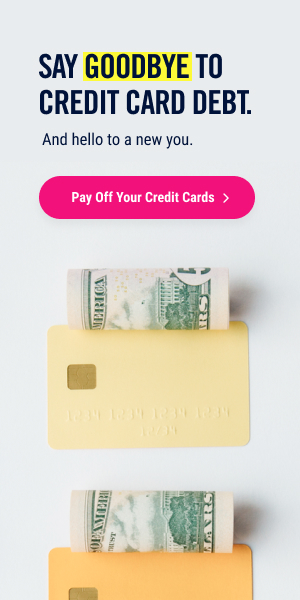If you want to buy a new car and save as much money as possible, the key is timing.
Automakers often offer their most generous incentives around major holidays — Memorial Day, Independence Day, Labor Day and the December holiday season, with the latter tending to offer the best deals on a new car. Here are five tips to sure you’re getting the most bang for your buck.
Determine Your Needs (or Wants)
Before you start shopping, ask yourself:
- What will I use this car for?
- Do I need this car, or do I want it?
- What do I need in my car?
- What do I want in my car?
Don’t focus on only your needs. Just because you’re getting a family hauler doesn’t mean you should only be concerned about is how many items from Costco will fit in it or how easy it is to get child seats into the back. You could also want heated seats, a stereo that’s good for playing heavy metal and more than 300 horsepower. Be aware you may have to make a few compromises unless you want to end up looking for a unicorn — or going way outside your budget.
Choose the Candidates
Once you know what car you want and need, it’s time to find it. The best place for you to start is a research site like Edmunds or Kelly Blue Book. You’ll be able to:
- Compare multiple vehicles from multiple automakers, side by side.
- Learn what others are paying.
- Read reviews from their editorial staff to get an idea of what it’s like to actually drive and use the car.
If you want to get the best deal, look for slow-selling vehicles (sales numbers are announced at the beginning of each month, and enthusiast sites like Motor Trend and Autoblog report on these thoroughly) and those that are being replaced by a new model. Automakers and dealers alike will be looking to make room in their inventories for more popular sellers.
At the same time, skip brand-new models; steep discounts are extremely unlikely and dealers are less likely to deal — they may even try to charge you more than the suggested retail price if they think demand is high enough. Try creating a spreadsheet and list the vehicles that match your criteria. Add their prices, features, why you like them, etc. Then sort them in the order of their desirability.
Discover the Offers
In most cases, factory incentives will serve as the backbone of your deal. Research sites like Edmunds and Kelly Blue Book keep track of available incentives, but the fastest way to get straight to the numbers is to google “[make] [model] incentives” — for example, “Toyota Camry incentives” — and look for a link to the automaker’s incentives page. Then enter the available incentives into your spreadsheet and follow these steps. (Because not all offers are available together, use a separate column for each one.)
- Put APR and lease payment offers.
- Then add dollar offers.
- Make a total column at the end for the incentives that can be added together.
- Subtract that number from the price you already entered.
In addition to general offers, there are often targeted incentives that not all buyers qualify for, such as veteran and loyalty discounts. If you qualify, consider these in your calculations.
Find the Product
After you reorder your spreadsheet based on the available offers, it’s time to choose your winning car. Use the automaker’s website or your chosen research site to search dealer inventory for your model. Be sure to cast a wide net instead of limiting yourself to your local dealers. Start by checking sales tax rates in your region.
- The zip code where you live decides your taxes (in most areas), but dealers in less-populated areas may be willing to deal because their customer pool is generally smaller.
Then inquire online with the dealer once you find the right vehicle.
- You may be able to get a deal without having to go through the hassle of negotiating. If you’re worried about changing your mind after a test drive, remember: until you sign the paperwork, you can always walk away.
Consider Leasing
If you drive less than 12,000 miles per year, consider leasing. Lease specials abound around the holidays. Some automakers even launch programs that let you lease a car without paying a dime up front besides tax, title and registration. By leasing, you will have lower up-front costs and lower monthly payments, and you may even pay less in sales taxes (most states only charge on the lease value, not the full price). If you own a business, lease as the company — you’ll be able to deduct the payments on your taxes.
The buying versus leasing debate is extremely contentious. You should look at the many differences and see how they apply to your financial situation in order to make the best decision for you.
To Sum It Up
With the right amount of research and an open mind, you can save thousands and still get a four-wheeled holiday gift for yourself, family member or someone else. We absolutely suggest a bow. Happy shopping and good luck!


